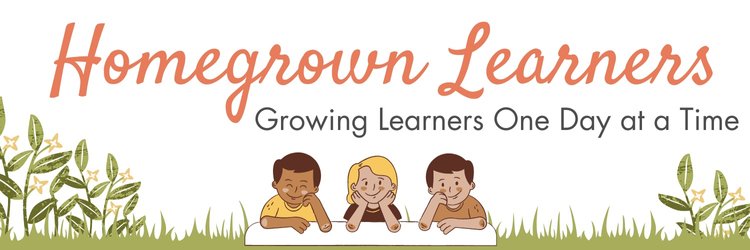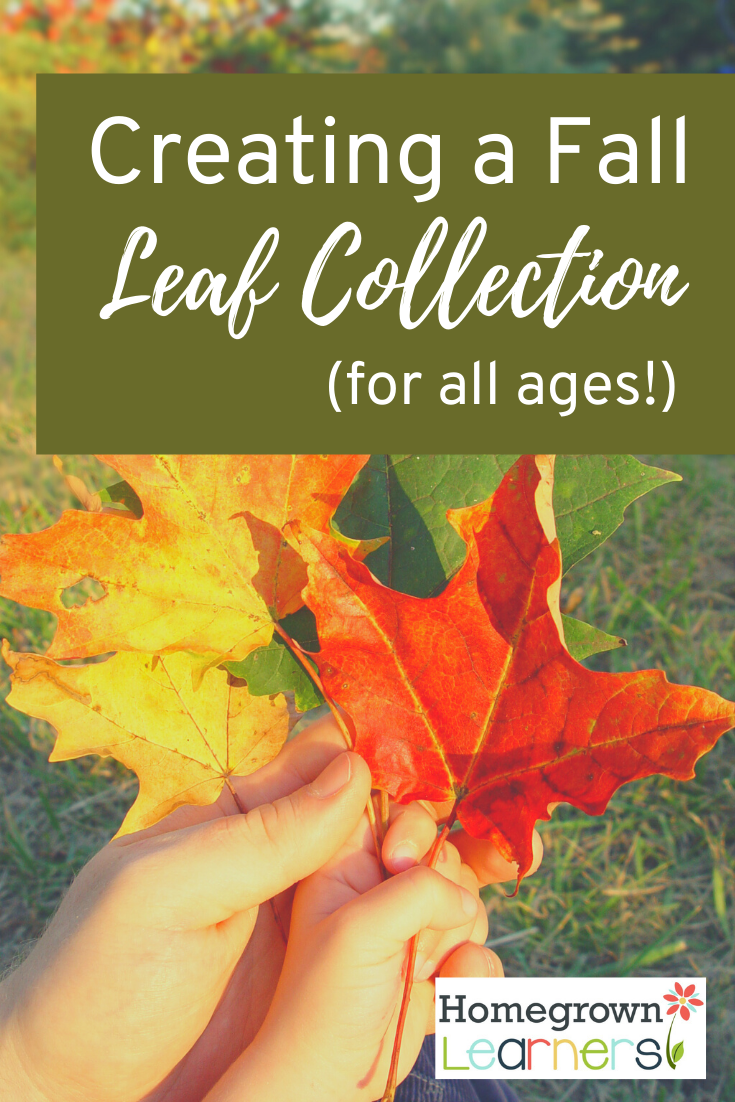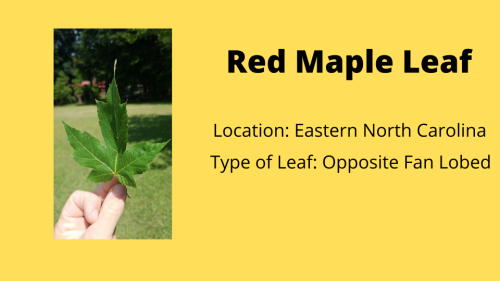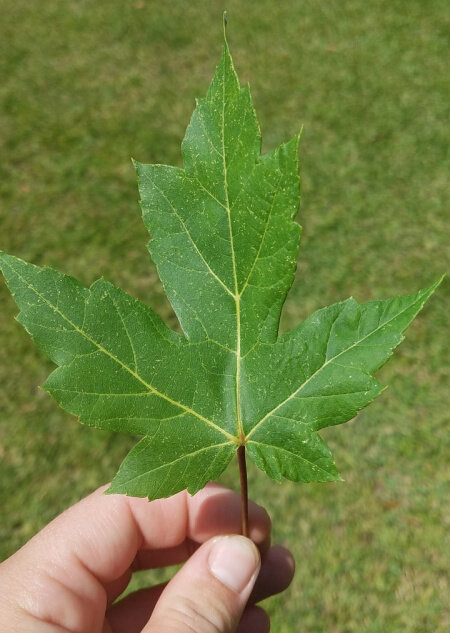"Autumn is a second spring when every leaf is a flower." Albert Camus
The month of September always excites me for fall - even though I live in the south and it still feels like summer!
Leaf collections are a great way to celebrate fall and fit in some fun nature study. There are a variety of ways you can do leaf collections tailored for different ages and learning styles.
As you collect the leaves you can learn more about the trees they come from, different types of leaves, and other plant identification. You can go in-depth or keep it simple.
(That’s the beauty of homeschooling, right?)
Let’s talk about creating a leaf collection - for all ages. I will give you resources for the identification, storage - and even artistic presentation - of leaves. And of course there will be some book suggestions (and maybe even a little music) thrown in!
You can do a leaf collection in other seasons, but I love doing them in fall because of the beautiful fall colors. It doesn’t hurt that the temperatures are a bit cooler, making collecting them more pleasant.
Resources and Tips for Leaf Collection
We love using Peterson’s First Guide to Trees to help us with our leaf identifications. It is easy to use and not overwhelming. (If you have older children and want something more thorough you can get the full guide for your area.)
*Tip: Collect them after they turn color but before they begin drying out for the best results.*
Collecting the Leaves
The first step in any type of leaf collection is finding leaves. If you want to keep it simple and small for young children, you can simply take a walk outside of your home and see what leaves are available. For a more robust collection, find a few different trails or parks in your area and see how many different types of leaves you can find.
It can be a great learning opportunity for older students to see how the location of the park or trail affects the types of trees you locate.
Physical Leaf Collection
This is a great way to let your children’s creativity shine! How would THEY like to collect leaves? You can give them some examples you find online and then let them choose.
Collect leaves from various trees.
Decide how to store the leaves. (You can use a scrapbook for a more formal collection, or create a leaf collection book with card stock and a three-ring binder.)
Place each leaf in the book using glue or adhesive. (We have found that the adhesive used for scrapbooks works well.)
Use a tree identification guide to identify and label each leaf. For younger children, you may just want a basic identification such as maple or oak. For older children, you can get more specific, organize by classification, or possibly add other information about the tree to your book. (Age and size are often favorites)
“Every leaf speaks bliss to me, fluttering from the autumn tree.” Emily Bronte
Digital Leaf Collection
Some older students may feel that they are ‘too old’ for a leaf collection, but turning it into a digital project is a great way to make it interesting for them. Instead of collecting physical leaves, they can use photographs to make their collection.
Take a walk and use a phone or digital camera to capture images of different leaves and the trees that they come from.
Upload the photos into a presentation program. (I recommend either PowerPoint or Canva for the presentation program, but you can use any program that your student is comfortable using. Canva is a free online program that only charges for premium features that you will not need for this project. )
Create a slide/page for each leaf and upload the picture.
Add information about the leaf and the tree. Students can also put the location where the tree was found.
If you want to work on public speaking, you could have your student present their final project to the family.
Artistic Leaf Collection Variations
For an artistic student, it may be more enjoyable to do an art-based leaf collection.
You could start in the same way with collecting and identifying leaves, but instead of putting the actual leaf into the collection, they can do a painting or drawing of the leaf. Your highest achievers may want to create their own field guide entry like James Audubon.
Younger students could even do leaf prints by dipping the leaf into paint and then pressing them onto paper. This can be a great chance to explore textures and shapes.
Overall, leaf collections can be a fun way to learn more about nature, get active outside, and work on art or photography skills. You can tailor the project to your specific child’s age, ability, and interest. You can even work on it together as a family.
Some of our fondest family memories happen as we talk walks outside or go for hikes on local trails.
As you create your leaf collections, remember that the process and experience are more important than the final project!
Add Music for The Fall
As your children are organizing their leaves and being artistic with their leaf collections, why not play some music to add to your study?
Mary has a great playlist over at SQUILT Music - A Classical Playlist for Fall.
Books About Leaves
Finally, here are some books to assist in your fall leaf collecting and storytelling - because everything is always better with books!
My Leaf BookThe Leaf ThiefFletcher and the Falling Autumn Leaves (Fletcher's Four Seasons): 3Fall LeavesThe Fall of Freddie the Leaf: A Story of Life for All AgesLeif and the FallWe're Going on a Leaf HuntRed Leaf, Yellow LeafLeaf ManCrinkleroot's Guide to Knowing the TreesTrees, Leaves, Flowers and Seeds: A Visual Encyclopedia of the Plant Kingdom (Smithsonian)Peterson First Guide to TreesLearning About Leaves: With 12 Stickers (Dover Little Activity Books)
What style of leaf collection do you think your students would most enjoy?
Have you ever done a leaf collection?
Dawn is a passionate follower of Jesus, wife to Chris, and homeschool mom of four. In her spare time she loves to read, hike, and write on her blog Schoolin’ Swag. She enjoys reviewing curriculum and helping moms find the right fit for their family. Some of her favorite parts of homeschooling are hymn studies, living history, and read alouds. She and her children also enjoy incorporating food into their studies as often as possible.


















